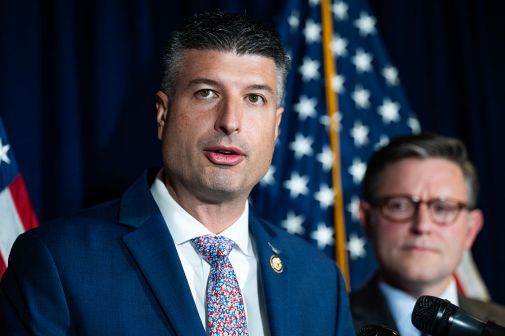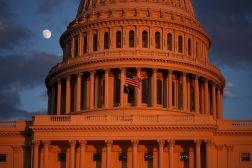I spoke Wednesday with Curt Kolcun, Microsoft’s vice president of the U.S. public sector, during the company’s Worldwide Partner Conference.
Kolcun talked about the new features Microsoft will soon offer to its government clients, how agencies can utilize and benefit from CRM and how Microsoft helps agencies leverage all that is possible with cloud computing.
FedScoop: What new service is coming to Microsoft’s government clients?
 Curt Kolcun is Vice President of Microsoft Corp.’s U.S. Public Sector business vertical. (Photo: Microsoft Corp.)
Curt Kolcun is Vice President of Microsoft Corp.’s U.S. Public Sector business vertical. (Photo: Microsoft Corp.)Curt Kolcun: We were happy to announce that we’ll have a version of our award-winning Dynamics platform available for U.S. government customers. Our government cloud for dynamics will support FedRAMP and will be managed by U.S. citizens, so it really completes our offerings across the board both for Office 365 and Azure, to have government instantiations and allow customers to bring their solutions – things like case tracking, solutions for health and human services, justice and public safety solutions – are all solutions from a dynamics perspective that will allow customers to use the platform, use it for our mobile-first approach, so use it on a multitude of devices, but making sure that the data is stored in the U.S., that it meets their government requirements, and really allows them to get their mission done more completely.
FS: What does CRM mean for the federal government?
CK: I think I mentioned earlier, things like health and human services and case management is a great application that we’re seeing across the board because you want to be able to have the continuity of that individual, that citizen, and making sure that they may be using other government programs, and you don’t want to replicate that information, or, heaven forbid, someone’s lost in the seams of government programs. Well, CRM allows for the appropriate management and allows for the solutions to be developed so that you can track and utilize the tools for that individual, making sure that you’re accomplishing the goals of the agency, whatever that might be.
FS: What can agencies get out of the full Microsoft platform?
CK: I think the key capability and the differentiation for Microsoft relative to our approach to cloud is a holistic end-to-end approach for government, and allowing for both the productivity solutions of Office 365 for government, the compute and infrastructure capability for Azure for government and now the line of business solutions with Dynamic CRM online for government and fusing that together completely such that it’s the consistency of Windows, the interface that they know, but allowing them to use the cloud service and built-in integration.
Dynamics is well known and part of the reason it’s in use today in government is because it’s integrated with Outlook and it’s used with Exchange and that environment is now being moved to the cloud. So, if you think from a workload perspective, you want to be able to use your contacts, your contacts that you’ve stored in Outlook for CRM, and communicate effectively with your organization and create the workflows.
I think the other key piece to this is that from a security perspective most government entities – federal, state and local – active directory is their primary validation point to provide single sign-on for their users. Well, with Azure for government, it allows them to validate a single sign-on and to use that across the platform in a consistent way.






